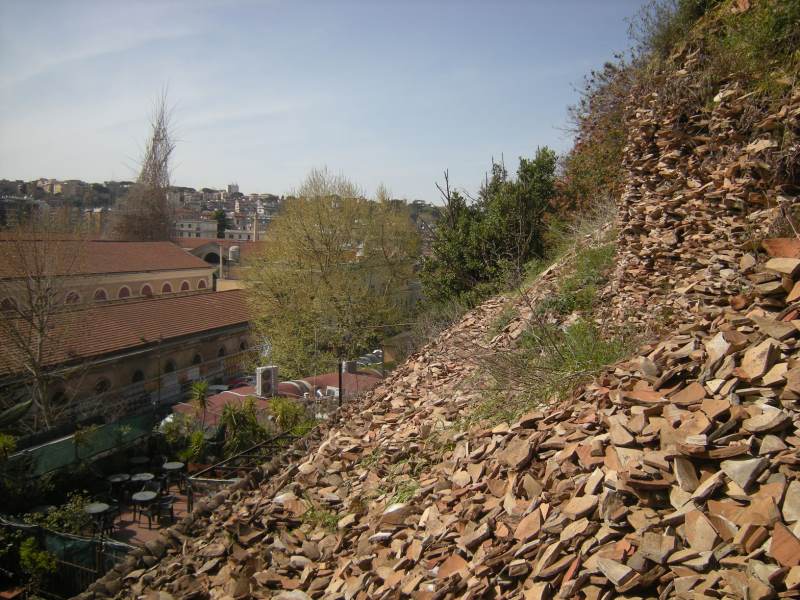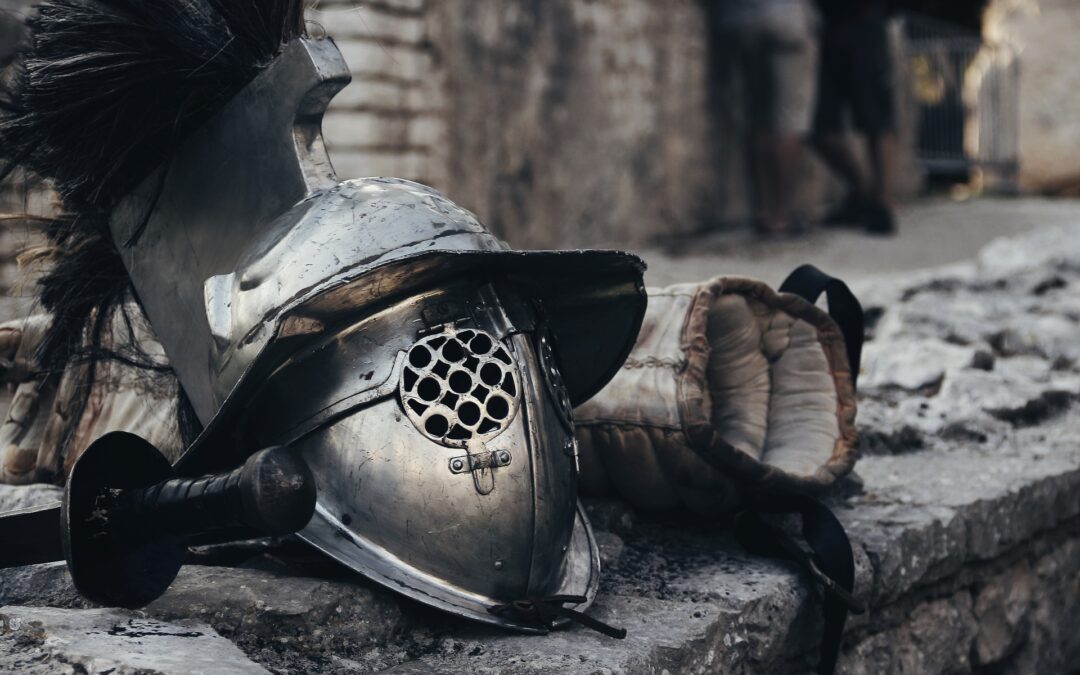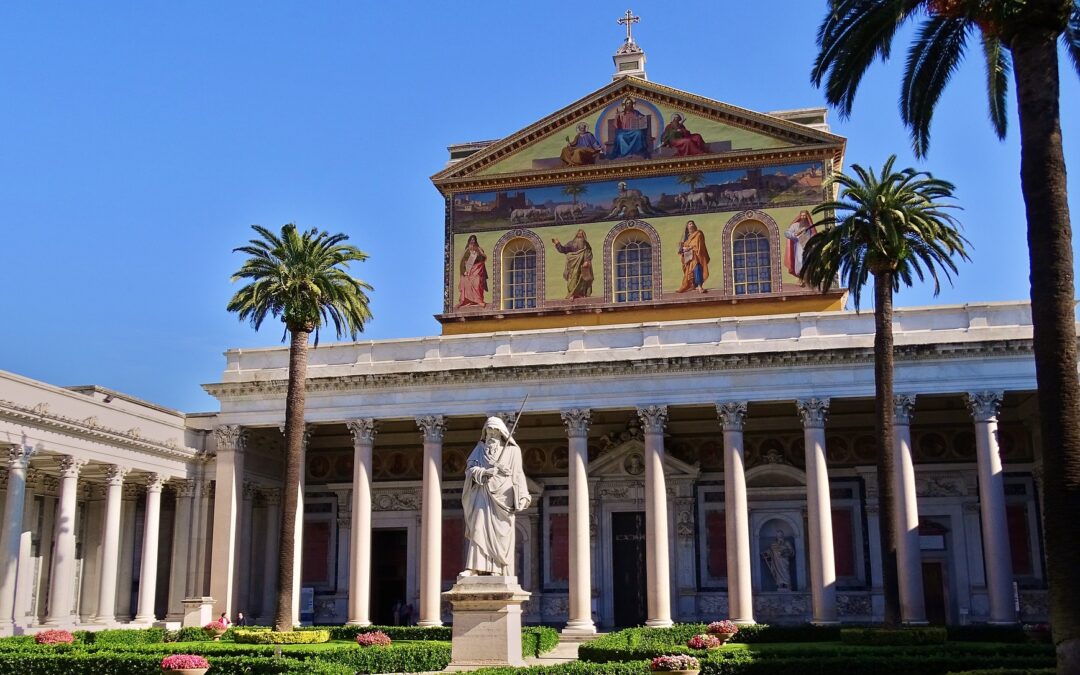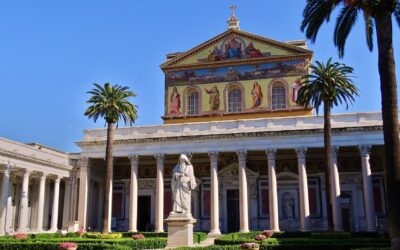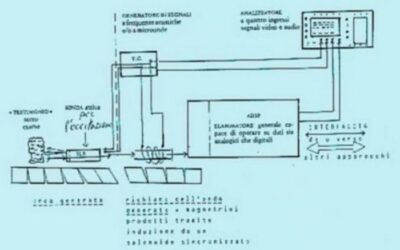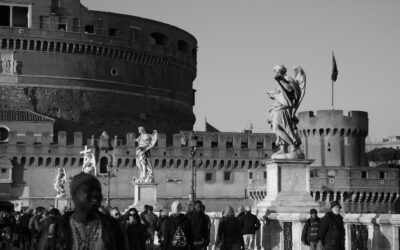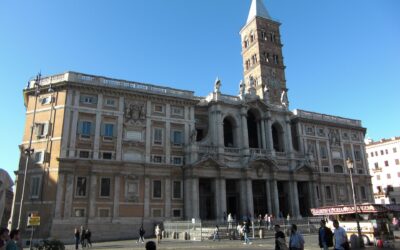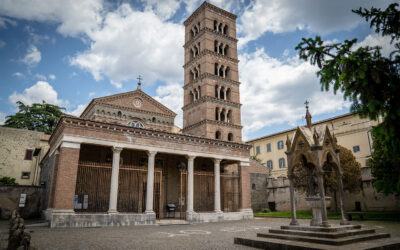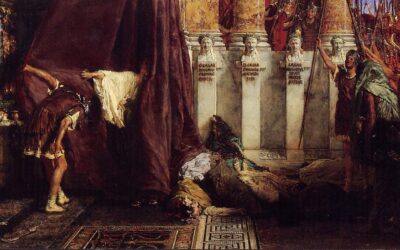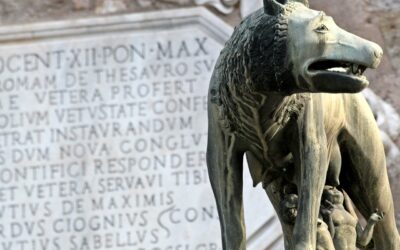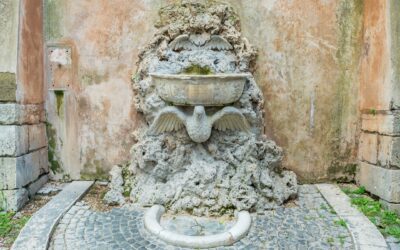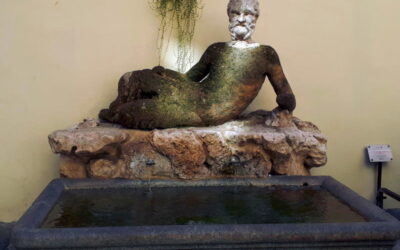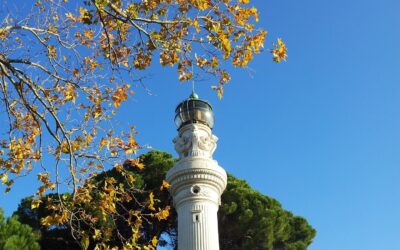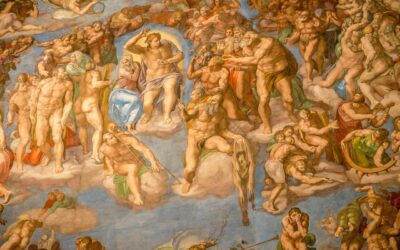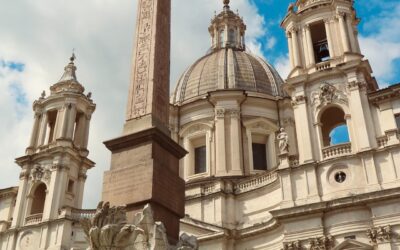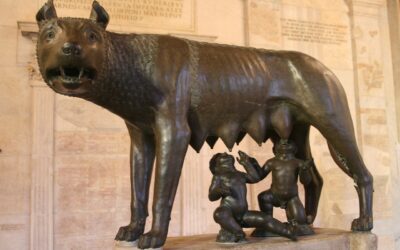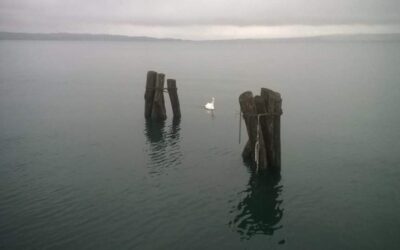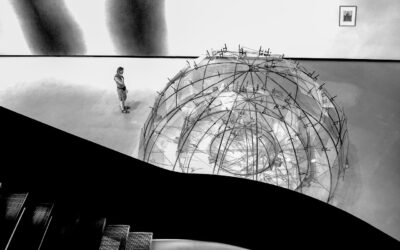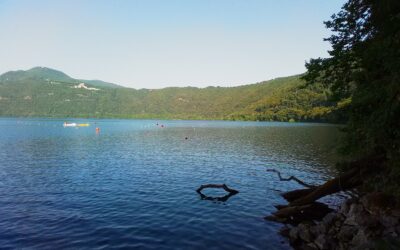Rome, the Eternal City, is a treasure trove of historical and cultural wonders. Among its many enchanting neighborhoods, Testaccio stands out as a district steeped in history and charm. What makes Testaccio particularly fascinating is the origin of its name, which stems from an artificial hill made from ancient debris accumulated over centuries. In this exploration of Testaccio, we will delve into the captivating history of this quarter, uncovering the story behind the artificial hill and discovering the unique character that defines this vibrant neighborhood.
Testaccio: Unraveling the Name’s Mystery:
The name “Testaccio” finds its roots in the Latin word “testa,” meaning potsherd or broken piece of pottery. It alludes to the monumental artificial hill that dominates the district. The hill, known as “Monte Testaccio” or “Monte dei Cocci,” rises majestically amidst the Roman streets, bearing witness to centuries of commerce and culinary history.
- The Origins of Monte Testaccio:
Monte Testaccio is not a natural geological formation; instead, it is an engineered hill built by ancient Romans to deal with the vast amounts of amphorae fragments discarded after their use. Amphorae were large ceramic vessels used for transporting and storing goods such as olive oil, wine, and other commodities.
The construction of the hill dates back to the height of the Roman Empire, during the late Republic and early Imperial periods (1st century BC to 3rd century AD). During this time, Rome was a bustling center of trade and commerce, and the import of goods from across the Mediterranean was essential for the city’s sustenance and prosperity.
- The Amphorae Trade and Disposal:
The amphorae, once emptied of their precious contents, were of little value and cumbersome to transport back to their places of origin. Consequently, merchants and traders would break the used amphorae into smaller pieces, called sherds or potsherds, and discard them in designated areas. Over time, these discarded fragments accumulated, forming massive mounds or dumps that served as a testimony to the city’s vibrant trade and consumption.
- Monte Testaccio’s Formation:
The location chosen for disposing of the amphorae fragments was in an area just south of the city’s walls, in what is now the Testaccio district. The site was well-positioned for the dumping process due to its proximity to the Tiber River, which facilitated transportation, and the Aventine Hill, which provided a natural barrier.
To manage the amphorae debris effectively, the discarded fragments were carefully arranged in layers. The broken pieces were placed one on top of the other, forming a terraced structure. Over the centuries, the discarded fragments reached impressive heights, creating the imposing hill that we now know as Monte Testaccio.
- The Environmental Impact:
The creation of Monte Testaccio, while practical for waste management, had significant environmental implications. The accumulation of amphorae fragments, mostly made of non-biodegradable ceramics, posed a challenge to the surrounding environment. The composition of the hill itself has been found to contain a vast array of pottery types from different regions, highlighting the extensive trade network of the Roman Empire.
- Testaccio’s Transformation:
Throughout the centuries, Rome’s landscape and urban development evolved significantly, and the Testaccio area underwent changes as well. The district surrounding Monte Testaccio was once a bustling industrial and working-class neighborhood. However, over the years, urban renewal and transformations have revitalized the area, giving rise to a vibrant and eclectic quarter.
Testaccio Today: Rediscovering the Quarter’s Charms:
In modern times, Testaccio has transformed into a lively and charming neighborhood, attracting both locals and visitors with its unique blend of historical remnants and contemporary allure. As visitors traverse the narrow streets of Testaccio, they encounter remnants of the past, evoking memories of Rome’s grandeur and the ordinary lives of its inhabitants.
- Cultural and Culinary Hub:
Testaccio is renowned for its rich culinary scene, offering a delightful array of traditional Roman dishes and innovative culinary experiences. The Testaccio Market, also known as the Mercato di Testaccio, is a must-visit destination for food enthusiasts. Here, one can find fresh produce, artisanal products, and an assortment of delightful street food offerings.
- The MACRO Museum:
Art enthusiasts will be delighted to find the MACRO (Museo d’Arte Contemporanea di Roma) Testaccio, a contemporary art museum that hosts exhibitions by both established and emerging artists. The museum’s location within the former Peroni Beer Factory adds an industrial charm to the art experience.
- The Pyramid of Cestius:
Located just outside the ancient walls, the Pyramid of Cestius is an unexpected sight in Rome and a fascinating reminder of the city’s history. This ancient pyramid, built during the Roman period as a tomb for Gaius Cestius, stands tall against the modern backdrop of Testaccio, creating a striking contrast of ancient and contemporary architecture.
- A Hub for Nightlife and Entertainment:
As the sun sets over the city, Testaccio transforms into a vibrant nightlife hub. The district comes alive with bars, clubs, and live music venues, offering an inviting atmosphere for both locals and tourists to unwind and enjoy the Roman night.
- Testaccio’s Community Spirit:
Beyond its historical landmarks and cultural offerings, Testaccio boasts a strong sense of community. The locals take great pride in their neighborhood’s history and character, and this passion is evident in the numerous community events, festivals, and celebrations that take place throughout the year.
Testaccio, a district that takes its name from an artificial hill made from ancient amphorae fragments, is a testament to Rome’s rich history and cultural heritage. The origins of Monte Testaccio offer a glimpse into the bustling trade and commerce of the Roman Empire. Today, the neighborhood has transformed into a vibrant and lively quarter, blending its historical past with contemporary charm.
As visitors wander through the streets of Testaccio, they can appreciate the district’s unique character, characterized by a diverse culinary scene, thriving arts, and entertainment, and a strong sense of community. The allure of Testaccio lies not only in its historical significance but also in its ability to evolve and adapt, creating a harmonious blend of ancient and modern experiences that captivate the hearts of all who visit.

